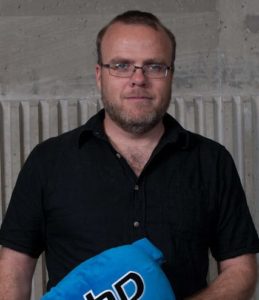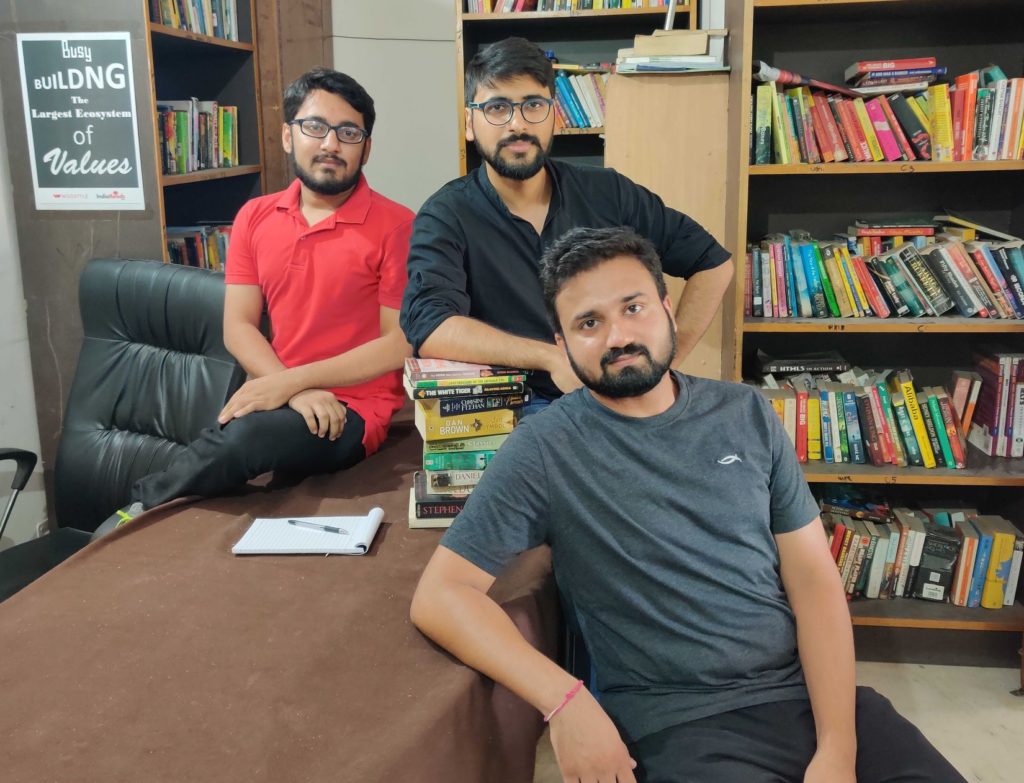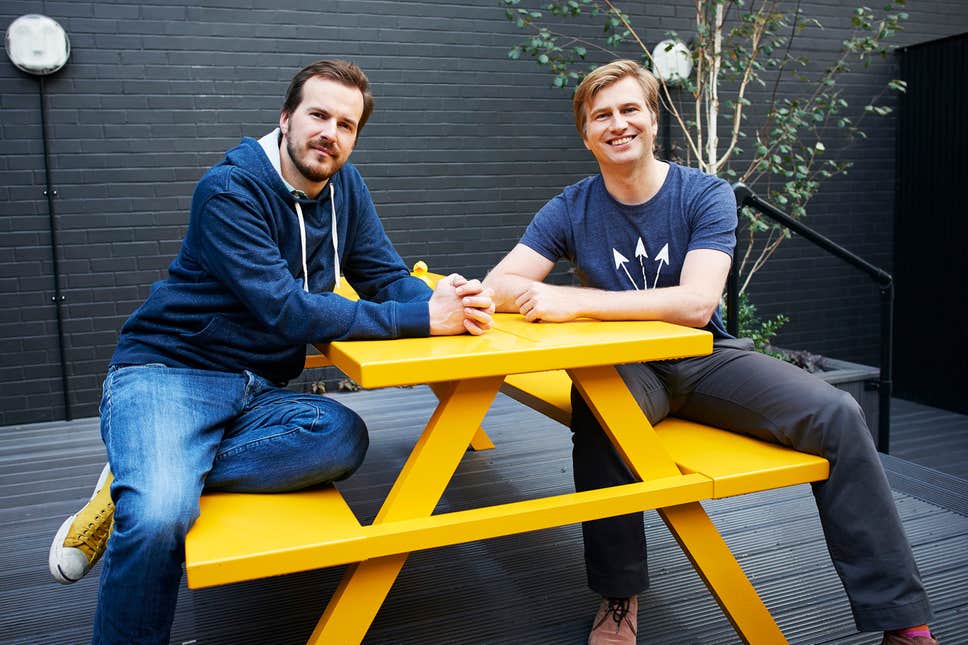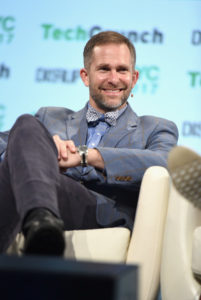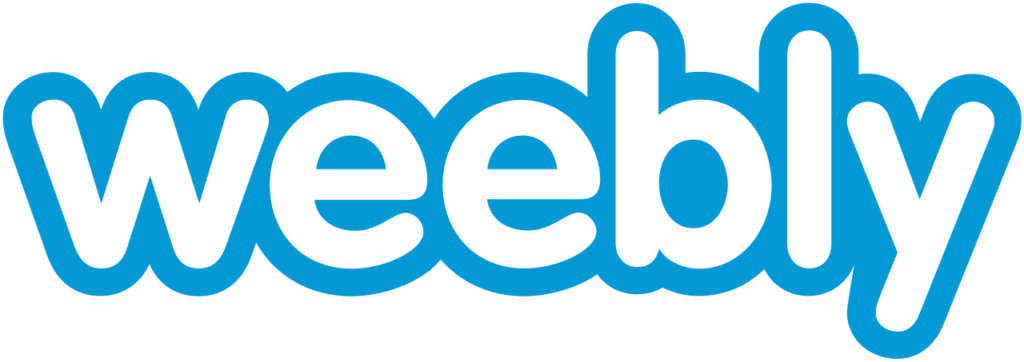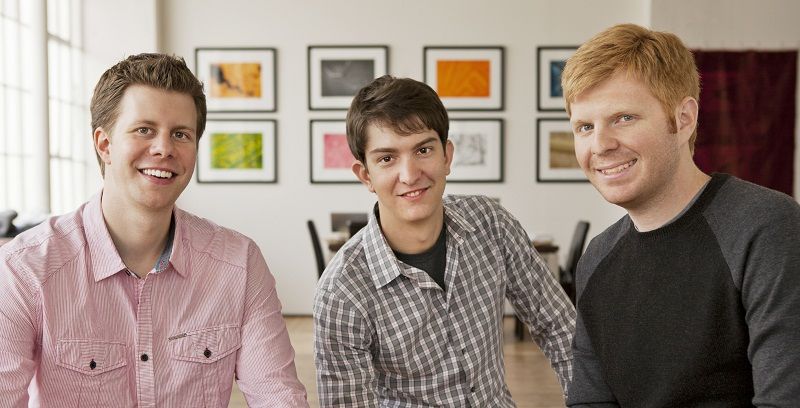Michael Serbinis : A Significant Entrepreneur who Founded Kobo
There always doesn’t have to be a reason for reading. Reading has always been valuable as it only adds up to your knowledge. That is why the community of book lovers is expanding with every passing second. But, we do know that everyone can’t afford the highly expensive original editions of classic novels every time. So for such a crisis, the e-books become the true guardian angels in our life.
Kobo Inc. is a Canada-based platform that is famous for selling e-books and electronics. The company serves customers at a global level and has attracted more than 10 million readers by now. Its founder Michael Serbinis, who is an engineer, entrepreneur and an angel investor, is even more famous for founding more than just one company.
Where Michael Serbinis belongs?
Born on 28th October 1973, Michael Serbinis belongs to the land of maple syrup, i.e., Canada. His keen interest in science made him win gold at the Intel International Science and Engineering Fair, for which he designed a high-temperature superconductor propulsion system. So, his first big achievement happened when he was in high school, that led to big opportunities for working with NASA and Intel.
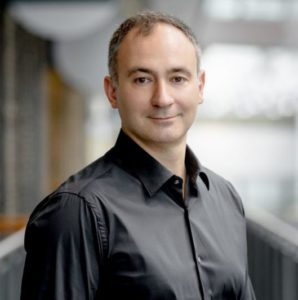
In 1996, Serbinis graduated from Queen’s University with a bachelor’s degree in Engineering Physics, followed by graduating from the University of Toronto with a master’s degree in Industrial Engineering. While he was a student, he entered into the Ontario Engineering Competition, and his creation of motor, that ran on an advanced software coding, helped him fetch a summer job at Microsoft. He also conducted thorough research on neural networks and artificial intelligence.
The Journey in the Late 90s
Serbinis’s journey into the entrepreneurial world started while associating the Musk brothers. He received a call from the Musk brothers, who were his university classmates to help them build a business. And thus, Serbinis was one of the first ten employees of Zip2, the company that was established by Elon and Kimball Musk.
Since Serbinis was already a very efficient programmer, at the age of twenty-four, he built a cloud-based document storage service called DocSpace. After a couple of years, it was sold to a San-Francisco based company for $530 million.
In 2000, Michael Serbinis joined Critical Path as CTO and EVP Marketing. It was then one of the largest companies which ran one-third of the world’s emails through their software. After he moved back to Canada, Serbinis joined Indigo as CIO and EVP Online, and this is the point at the juncture, where Kobo spun out to become an independent business.
Founding Kobo
At first, a global e-reading platform called Shortcovers was released in February 2009, under the main company Indigo. But, once they gained board approval and funding, they cut out from Indigo and established as an independent company. In late 2009, the company was rebranded as Kobo, an e-reading platform for worldwide customers. This was just the beginning for Serbinis to do great things in his homeland.
The Success
Kobo received a very good response from all over the world, shortly after its release. Kobo, today, attracts over 18 million users from more than 190 countries. It has over more than 3 million magazines, eBooks, and even, newspapers. Thus, creating the largest e-readers catalogue in the history of the e-reading platform.
In January 2012, Kobo came under the acquisition of a Japanese e-commerce company called Rakuten for $315 million. The catalogue of Kobo has e-books on 77 different languages, helping readers connect to their native land.
After Kobo
Since it was only the beginning, Serbinis founded 3 Angels Capital in 2014, to invest in a disrupted market and create a better world. Serbinis has always been a determined and optimistic man for sure. He mostly invests in areas, like the internet of things, digital content, digital health, etc.
Michael Serbinis is also the board director of MaRS Discovery District, an innovation hub in Toronto. He serves as a board director in another institute called Vector Institute, a non-profit research institution in Toronto.
In November 2014, Serbinis founded League Inc., an online platform that connects worldwide users to provide health benefits and much more.
After developing so much on his homeland and contributing to science, Serbinis still lives in Toronto with his family.

Annasha Dey is an NIT student, who apart from studying engineering is also a content writer. She has a great interest in photography, writing, reading novels, and travelling as well. She is a foodie who loves socializing and hanging out with her friends. She is also a trained Kathak dancer and a big fashion enthusiast. Dey also loves watching TV series, which includes F.R.I.E.N.D.S. and Big Bang Theory. To be a better writer she prefers to read more


